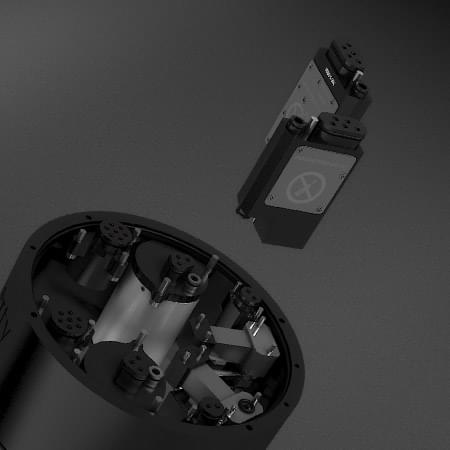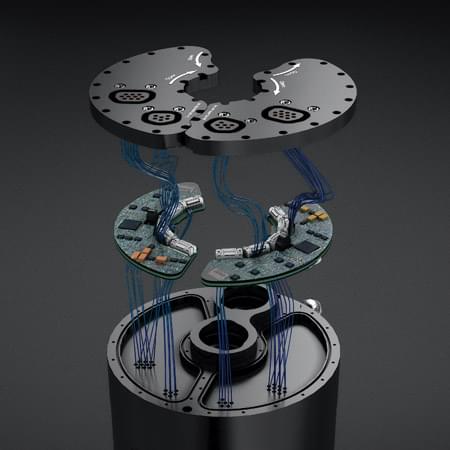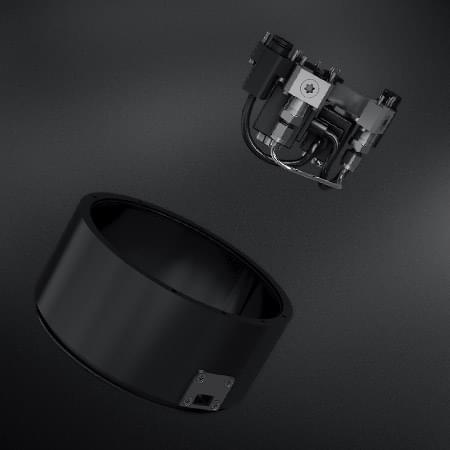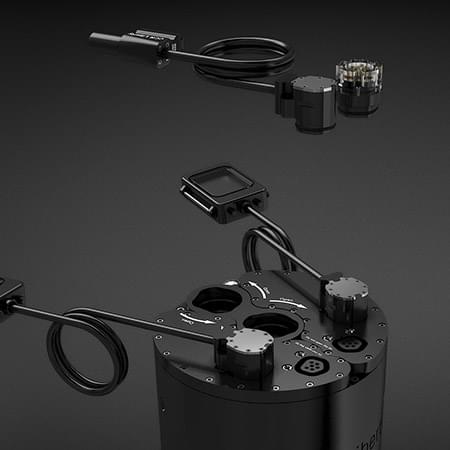CCR Liberty redundancy
The Liberty CCR is designed as a complete fault-tolerant rebreather. No single malfunction in the electronic system could cause a breakdown of the whole apparatus.

4 oxygen sensors
Unlike many other closed-circuit rebreathers, which only feature three oxygen sensors, we have four.
This means that when two of the sensors fail, they will never outvote the third one and give you a wrong oxygen measurement. We use 22D electrochemical sensors with water resistant membrane, giving them greater resistance against humidity and water.
2 helium sensors patented technology
Our helium sensors are different to all others on the market.
We have developed a method which measures the concentration of helium in the environment based on the speed of sound. This resulted in precision sensors with virtually unlimited lifespan. The two helium sensors ensure that even in case of failure of all oxygen sensors, you still have a reliable method of measuring partial pressure of oxygen in your apparatus.


2 methods of ppO2 measurement
CCR Liberty features a system of six sensors (4 oxygen and 2 helium)
That makes Liberty capable of measuring oxygen both directly and by calculating the partial pressure from the amount of helium in the mixture, making it the most reliable rebreather around.
2 independent computers
The two separate, independently functioning control units in the head of the rebreather, make it a truly remarkable piece of engineering.
Each unit controls two oxygen sensors, a helium sensor and a solenoid valve. Each unit displays its internal information on a separate handset and a head up display or a buddy display. These two control units are securely sealed in the head of the air treatment unit. Every head is pressure tested to 300m.


2 solenoid valves
Inside the head there are two solenoid valves, guided electronically by a separate control unit.
The two solenoid valves draw from the same oxygen supply. The presence of multiple solenoids assures that you will have access to oxygen even if one of them fails in the closed position. We are using custom made solenoid valve assemblies with duckbill one-way valves that protect the internal mechanisms of the solenoids from any humidity or water that may get in contact with them.
4 displays
The CCR Liberty comes with two identical handsets, operating in coordination with a head-up and buddy displays.
The CCR Liberty comes with two identical handsets, operating in coordination with a head-up and buddy displays. One control unit operates each handset. If one CU is damaged beyond functionality the other is still able to operate the rebreather without loss of function.
